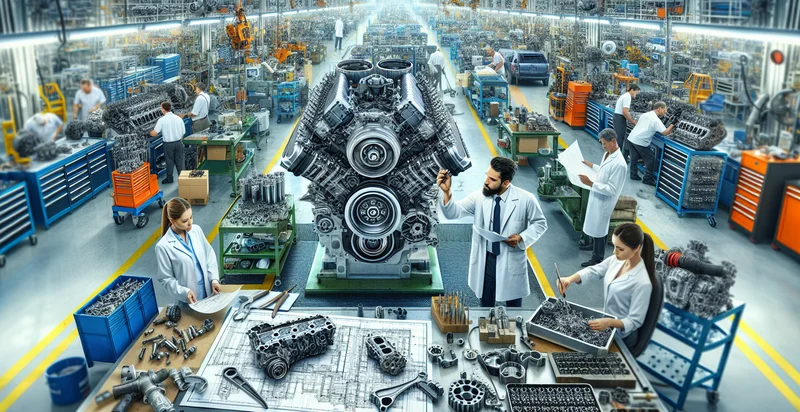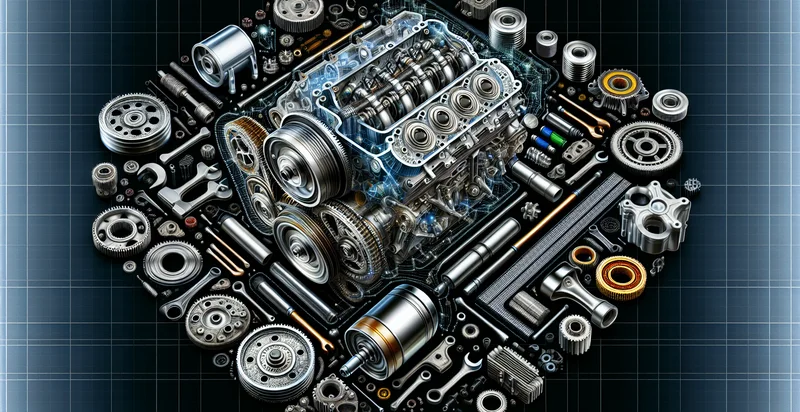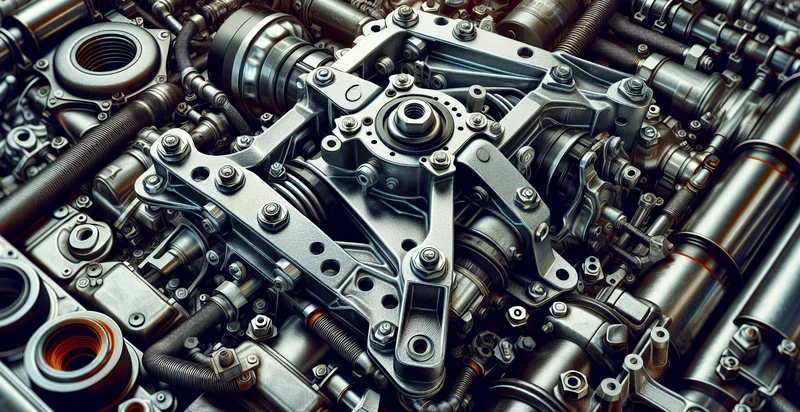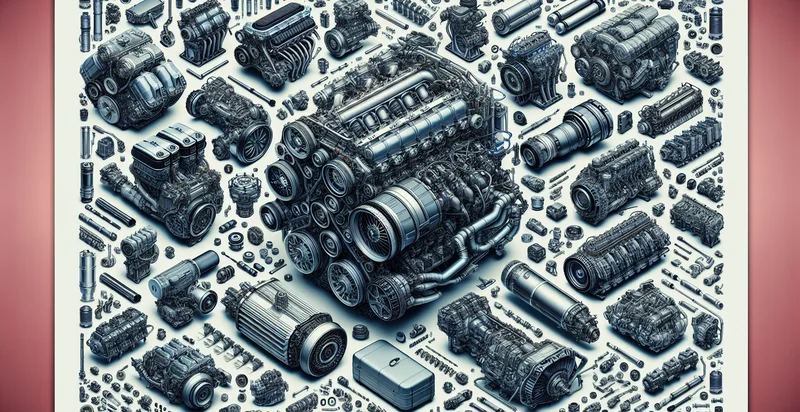Identify engine manufacturer
using AI
Below is a free classifier to identify engine manufacturer. Just upload your image, and our AI will predict the type of engine manufactured - in just seconds.

Contact us for API access
Or, use Nyckel to build highly-accurate custom classifiers in just minutes. No PhD required.
Get started
import nyckel
credentials = nyckel.Credentials("YOUR_CLIENT_ID", "YOUR_CLIENT_SECRET")
nyckel.invoke("engine-manufacturer", "your_image_url", credentials)
fetch('https://www.nyckel.com/v1/functions/engine-manufacturer/invoke', {
method: 'POST',
headers: {
'Authorization': 'Bearer ' + 'YOUR_BEARER_TOKEN',
'Content-Type': 'application/json',
},
body: JSON.stringify(
{"data": "your_image_url"}
)
})
.then(response => response.json())
.then(data => console.log(data));
curl -X POST \
-H "Content-Type: application/json" \
-H "Authorization: Bearer YOUR_BEARER_TOKEN" \
-d '{"data": "your_image_url"}' \
https://www.nyckel.com/v1/functions/engine-manufacturer/invoke
How this classifier works
To start, upload your image. Our AI tool will then predict the type of engine manufactured.
This pretrained image model uses a Nyckel-created dataset and has 46 labels, including Acura, Alfa Romeo, Audi, Bmw, Buick, Cadillac, Changan, Chevrolet, Chrysler and Datsun.
We'll also show a confidence score (the higher the number, the more confident the AI model is around the type of engine manufactured).
Whether you're just curious or building engine manufacturer detection into your application, we hope our classifier proves helpful.
Related Classifiers
Need to identify engine manufacturer at scale?
Get API or Zapier access to this classifier for free. It's perfect for:
- Quality Control: This function can be employed in the quality assurance process of engine manufacturing. By automatically classifying images of engine parts, it can identify defective components and ensure that only the highest quality parts are assembled, reducing the risk of engine failures.
- Supply Chain Verification: The image classification function can be used to verify the authenticity of engine parts received from suppliers. By comparing the images of incoming parts against a database of approved components, manufacturers can detect counterfeit items before they enter the assembly line.
- Maintenance Documentation: Engine manufacturers can utilize this function to classify images of engines for maintenance and repair documentation. By tagging and indexing images of specific engine issues, technicians can easily access visual reference materials, improving maintenance efficiency and effectiveness.
- Engine Design Validation: This function can assist in validating designs against prototyped parts through image classification. By comparing manufactured parts with intended designs, manufacturers can identify discrepancies early in the production process, ensuring that the end product aligns closely with specifications.
- Training Machine Learning Models: The image classification function can be utilized for generating labeled datasets for training new machine learning models targeted at predictive maintenance. By classifying images of engine wear and tear, manufacturers can develop algorithms to anticipate maintenance needs based on visual cues.
- Marketing and Sales Analysis: Engine manufacturers can leverage the image classification function to analyze images for marketing purposes. By categorizing consumer preferences and trends based on engine types and features, companies can tailor their marketing strategies to meet customer demands more effectively.
- Safety Compliance Checks: The function can be applied for ensuring safety compliance in engine designs. By classifying images related to safety features and component placements, manufacturers can ascertain adherence to industry standards and regulations, reducing liability and enhancing consumer trust.


